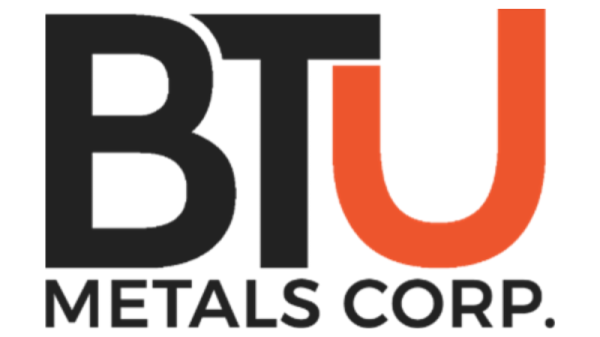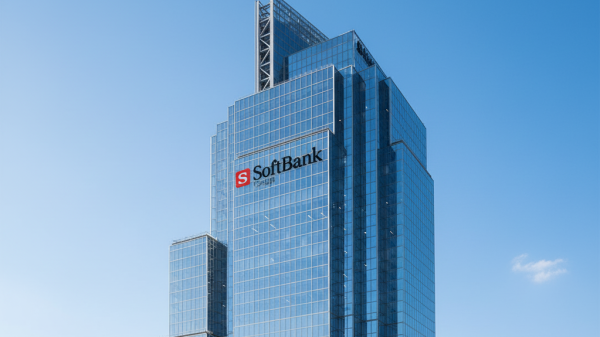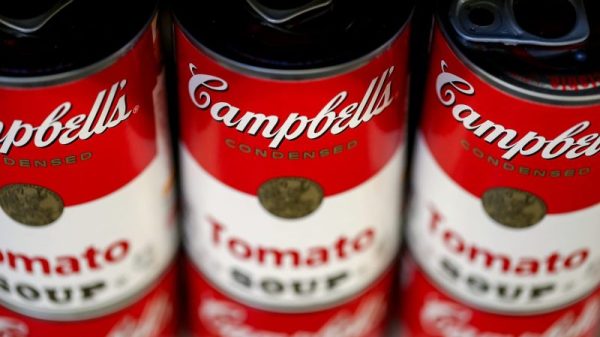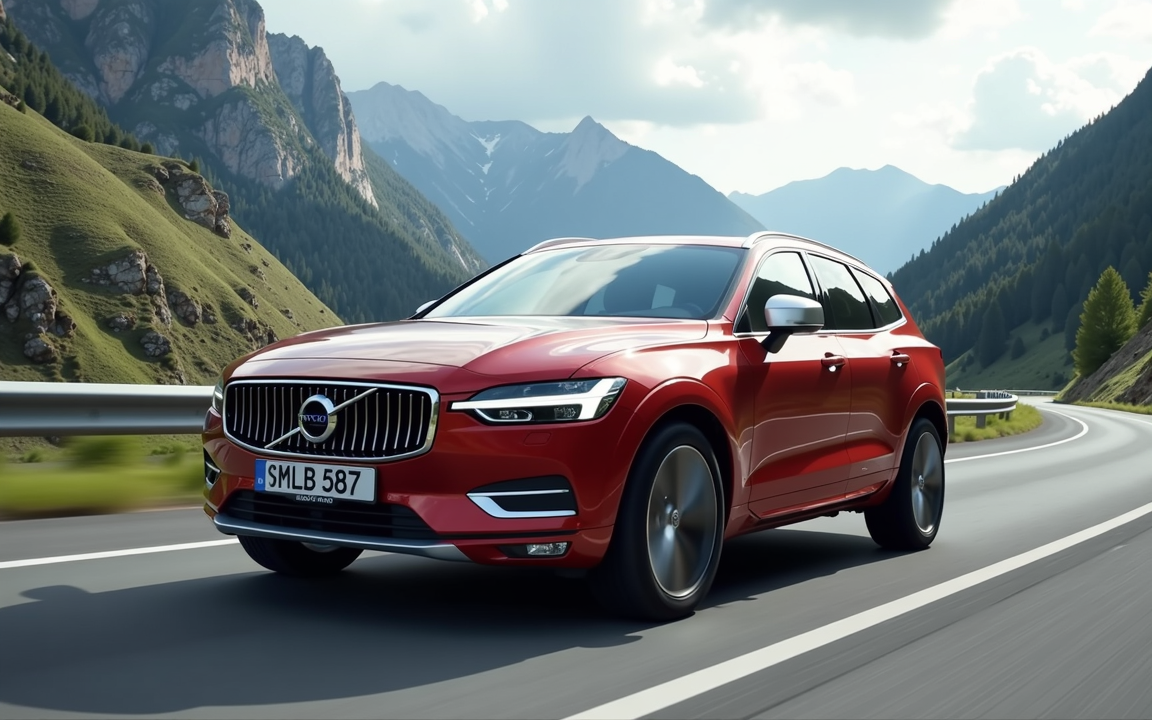Volvo Cars has reported a group operating profit (EBIT) of SEK -10.0 billion for the second quarter of 2025, a result that reflects a persistently challenging environment for the global automotive industry.
While the headline number was significantly impacted by one-off charges, the company insists its comprehensive SEK 18 billion cost and cash turnaround plan is fully on track and is confident of seeing more positive effects from the program in the near future.
The second-quarter result was heavily impacted by a previously announced one-off non-cash impairment charge of SEK 11.4 billion.
Volvo Cars stated that it is adjusting the financial assumptions for its EX90 and ES90 platform due to prevailing market circumstances, the anticipated impact of import tariffs on the profitability of these models, and previous delays experienced with the EX90.
Additionally, the result was hit by a one-time restructuring cost of SEK 1.4 billion, which is linked to the previously announced reduction of 3,000 headcounts globally.
When these items affecting comparability are excluded, the underlying performance tells a different story. Volvo Cars reported an operating profit of SEK 2.9 billion and an operating profit margin of 3.1 percent for the quarter.
In terms of retail sales, the company sold 181,600 cars in the second quarter, representing a drop of 12 percent compared to the same period in 2024. For the first six months of the year, sales are down 9 percent compared to the first half of 2024.
Total revenues for the quarter came in at SEK 93.5 billion, and the group EBIT of SEK -10.0 billion translated into an operating profit margin of -10.6 percent.
“The market continued to be challenging in Q2 as well,” said Håkan Samuelsson, President and CEO of Volvo Cars.
Demand remains under pressure from the macroeconomic environment, tariff-related uncertainties and tougher competition. However, our turnaround actions are starting to show results. In a Q2 market with headwinds we made a clear improvement of free cash flow versus Q1 and our EBIT margin excluding items affecting comparability was slightly higher.
The turnaround plan: a three-pillar strategy for a new era
Earlier this year, Volvo Cars launched its ambitious SEK 18 billion cost and cash turnaround plan, which is now beginning to have an impact, with the full effects expected to materialize in 2026.
This plan is designed to support the company’s strategic direction, which rests on three key pillars: profitability, electrification, and regionalisation.
- Profitability: The turnaround plan is on track. The reduction of 3,000 positions globally is now being executed, with approximately 1,100 people having already left the company.
This, combined with broader spending cuts, is intended to lower the company’s indirect cost base and establish a leaner, more efficient organization. In terms of direct cost reductions, Volvo has started to implement several actions to lower material costs.
One key element is to utilize more synergies within the Geely group by collaborating on procurement. Another synergy area is the joint development of new car models, especially for the crucial China market.
Volvo Cars has also effectively implemented cash-saving actions, including a reduction in working capital and a reduced pace of investment. - Electrification: With most major investments related to its new product architecture now completed, Volvo’s investment volume will ease off as planned. This new architecture is expected to deliver significant future cost reductions and performance improvements, thanks to innovations like mega-casting, cell-to-body battery technology, and more efficient, in-house developed e-motors.
The first car to be built on this new platform is the all-new, “born-electric” Volvo EX60, a vehicle positioned in the company’s important best-selling segment. It is designed to deliver improved performance and lower product costs, which are necessary for Volvo Cars’ continued transformation towards full electrification.
As most analysts expect demand for fully electric cars to continue growing and to outpace traditional combustion engine cars by 2030, the majority of the company’s development efforts remain firmly focused on electrification.
Meanwhile, Volvo Cars will also refresh its plug-in hybrid (PHEV) offerings to provide an attractive bridge solution for customers and regions where charging infrastructure is still weak. The company will soon launch its first extended-range PHEV, the all-new XC70, with production set to begin in the third quarter.
This model is a direct response to a growing demand for such powertrains and will initially be offered in China, where Volvo sees significant opportunities. - Regionalisation: The XC70 is also a prime example of regionalisation, the third pillar of Volvo’s strategy. With the trend of globalization in retreat, Volvo Cars is adapting to a more regionalised world.
The company is empowering its three key regions—Europe, the Americas, and Asia-Pacific—to be more adaptive to regional requirements and customer preferences, aiming to accelerate profitable growth.
Volvo is implementing a new governance model for its China operations, giving the regional team clear performance, operational, and decision-making responsibilities.
A dedicated governance model will also be introduced for the Americas.To increase the utilization of its Charleston plant in the US and to mitigate the effects of import tariffs, Volvo Cars will introduce local assembly of its best-selling XC60 SUV.
In Europe, the company recently announced plans to build the new Polestar 7 at its new Kosice plant, which is currently under construction in Slovakia. This will be the second car to be built in Kosice, following a yet-to-be-announced next-generation Volvo model.
The post Volvo posts Q2 operating loss; turnaround plan ‘fully on track’, says CEO appeared first on Invezz
























